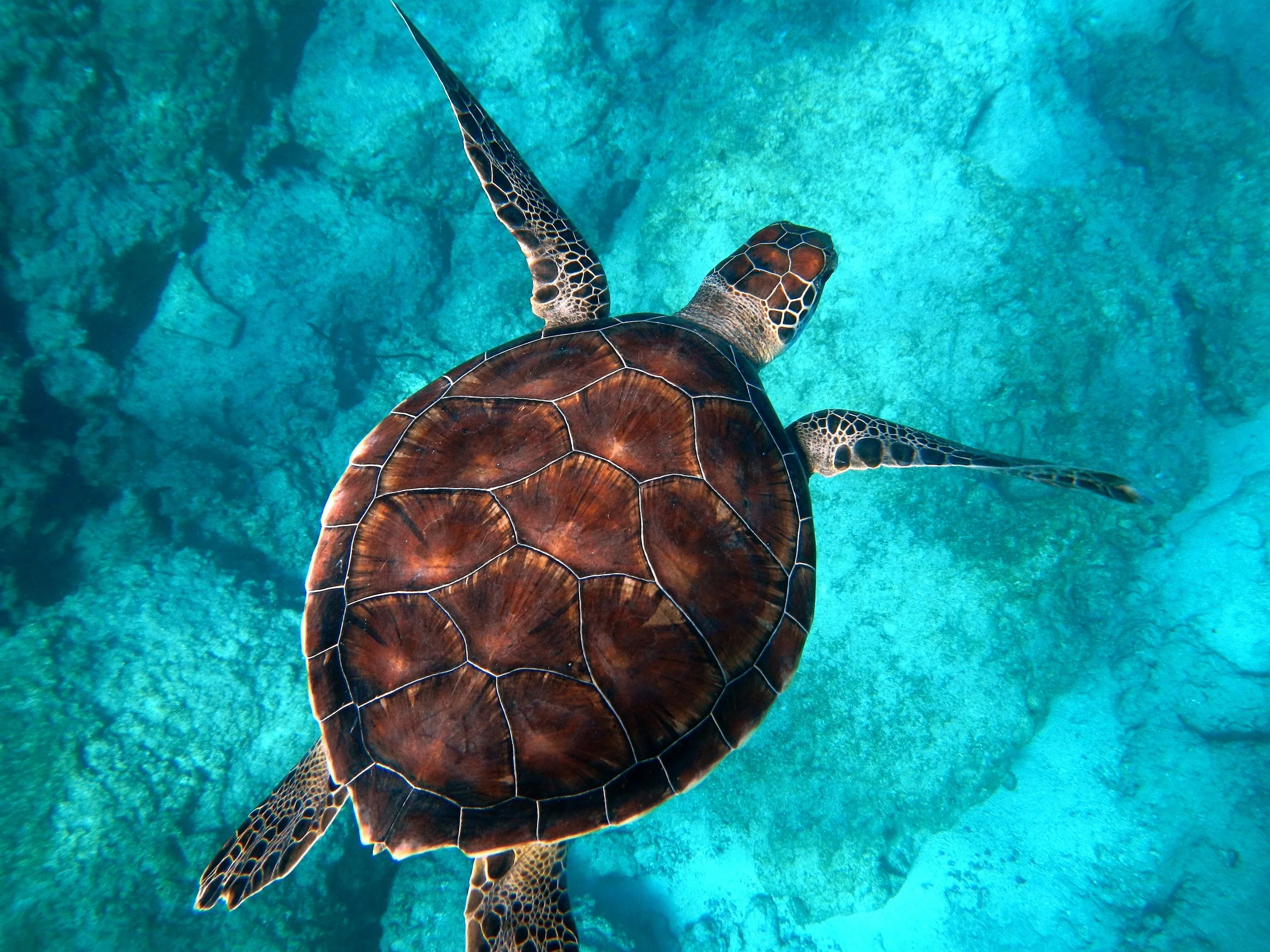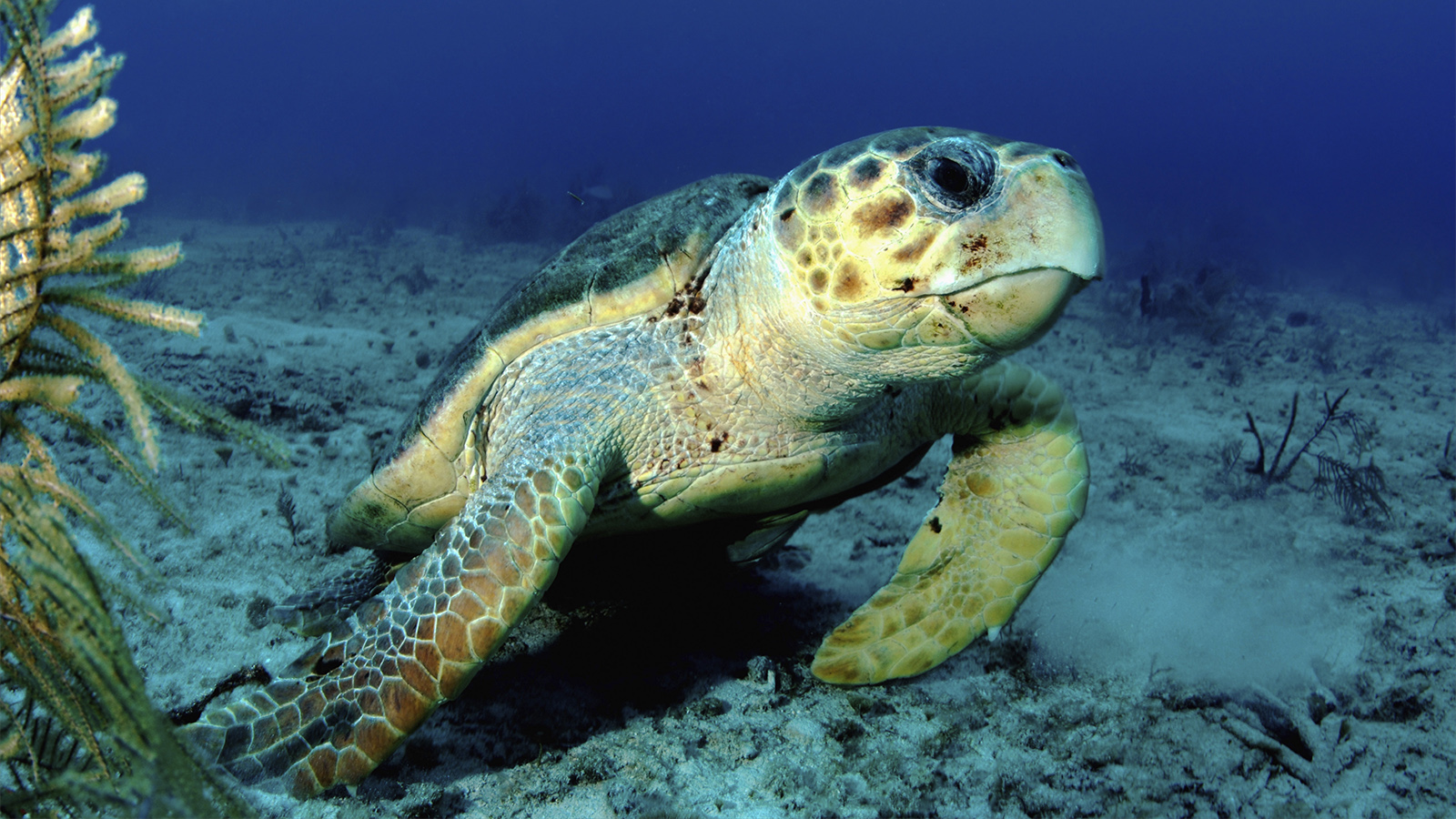Turtles are some of the most fascinating creatures in the ocean. Whether you are an adventure traveler, nature enthusiast, wildlife photographer, or student, you might wonder: how long does a turtle stay underwater? From impressive breath-holding abilities to unique sleeping patterns, these ancient reptiles continue to surprise us. In this guide, we explore 10 mind-blowing facts about sea turtles, their behavior, and what allows them to stay submerged for hours.
- Understanding Turtle Respiratory Needs
- How Long Can Sea Turtles Stay Underwater?
- Species-Specific Breath-Holding Capacities
- The Role of Metabolism in Breath-Holding
- How Do Turtles Sleep Underwater?
- Factors Affecting a Turtle’s Breath-Holding Ability
- Breath-Holding in Freshwater vs. Sea Turtles
- The Impact of Water Temperature on Breath-Holding
- Human Interaction and Its Effects on Turtle Behavior
- Conservation Efforts to Protect Sea Turtles
- Frequently Asked Questions (FAQs)
Understanding Turtle Respiratory Needs
Despite being aquatic, turtles cannot breathe underwater like fish. They rely on lungs, which means they must surface periodically for air. However, turtles have developed special adaptations that allow them to hold their breath for extended periods. These adaptations include slowing down their heart rate, conserving oxygen, and even absorbing a small amount of oxygen through their skin in certain freshwater species.
How Long Can Sea Turtles Stay Underwater?
Sea turtles can remain submerged for several hours while resting, but their active diving is usually much shorter. For example:
- Active foraging dives: 20–40 minutes
- Resting or sleeping underwater: up to 5–7 hours for some species
This incredible ability allows them to feed, evade predators, and navigate long ocean journeys.
Species-Specific Breath-Holding Capacities
Different turtle species have different underwater endurance:
Green Sea Turtles
Green sea turtles can hold their breath for up to 5 hours while resting underwater. This ability makes them expert navigators of long migration routes.
Loggerhead Sea Turtles
Loggerheads usually dive for 30–50 minutes during foraging but can extend their underwater time when resting.
Leatherback Sea Turtles
Leatherbacks are marathon divers, recorded to stay submerged for over 10 hours during deep dives.
Hawksbill Sea Turtles
Hawksbills typically hold their breath for 3–4 hours at rest, depending on environmental conditions.
For more information on turtle swimming habits, check out our guide on how fast can a sea turtle swim.
The Role of Metabolism in Breath-Holding
Turtles are ectothermic (cold-blooded), which means their metabolism adapts to the surrounding environment. During prolonged dives:
- Their heart rate slows down to conserve oxygen.
- Energy consumption is minimized, allowing longer periods underwater.
This unique adaptation is one reason sea turtles can make extended dives while resting or migrating.
How Do Turtles Sleep Underwater?
Yes, turtles can sleep underwater, and their sleep patterns are fascinating:
- They often rest near the seabed, in coral reefs, or underwater crevices.
- Turtles may briefly surface for air before returning to sleep for several hours.
- Sea turtles can sleep up to 4–7 hours submerged, depending on species and water temperature.
Factors Affecting a Turtle’s Breath-Holding Ability
Several factors influence how long a turtle can stay underwater:
- Species and size: Larger turtles generally hold their breath longer.
- Age and health: Young or sick turtles have shorter breath-holding capabilities.
- Environmental conditions: Water temperature and oxygen availability play a role.
Breath-Holding in Freshwater vs. Sea Turtles
While sea turtles dominate the oceans, freshwater turtles also have impressive breath-holding abilities:
- Freshwater turtles like red-eared sliders can hold their breath for 15–30 minutes during activity.
- Some freshwater species can remain submerged for several hours when resting, similar to their marine cousins.
Freshwater turtles even have the ability to absorb some oxygen through their skin, which helps them survive longer underwater.
The Impact of Water Temperature on Breath-Holding
Water temperature significantly affects a turtle’s ability to stay submerged:
- Colder water slows metabolism, allowing longer dives.
- Warmer water increases metabolic rates, shortening breath-holding duration.
- Extreme temperatures, either too hot or too cold, can stress the turtle and impact its health.
Human Interaction and Its Effects on Turtle Behavior
While turtles are amazing divers, human activity can affect their natural behavior:
- Boating, snorkeling, or diving too close can disturb them.
- Disturbances may force turtles to surface more frequently, disrupting feeding or resting patterns.
Always maintain a respectful distance to protect these gentle creatures and their natural habits.
Conservation Efforts to Protect Sea Turtles
Sea turtles are ancient mariners facing threats from habitat destruction, poaching, and climate change. Conservation efforts include:
- Protecting nesting beaches and marine habitats.
- Reducing plastic pollution and bycatch in fishing activities.
- Educating the public and promoting eco-tourism that respects wildlife.
Supporting conservation ensures these incredible animals can continue to thrive underwater for generations to come.
Frequently Asked Questions (FAQs)
1. Will turtles sleep underwater?
Yes, many species of turtles sleep underwater, often resting near the seabed or in crevices. They may surface occasionally for air, and some species can stay submerged for several hours while sleeping.
2. How long do turtles live in water?
Turtles can live for decades, depending on the species. Sea turtles typically live 50–100 years, while freshwater turtles usually live 20–40 years, thriving mostly underwater but surfacing as needed.
3. How do turtles stay under water so long?
Turtles slow their heart rate, lower their metabolism, and utilize efficient oxygen storage. Some freshwater species even absorb oxygen through their skin, allowing prolonged submersion.
4. How long can freshwater turtles hold their breath?
Freshwater turtles can hold their breath for 15–30 minutes while active, but resting turtles may stay underwater for several hours.
5. Can freshwater turtles breathe underwater?
No, freshwater turtles cannot breathe underwater like fish, but they can absorb small amounts of oxygen through their skin, especially when submerged in cold water.
6. How long can sea turtles live?
Sea turtles are long-lived reptiles, with most species living 50–100 years, allowing them to thrive in oceans around the world.




